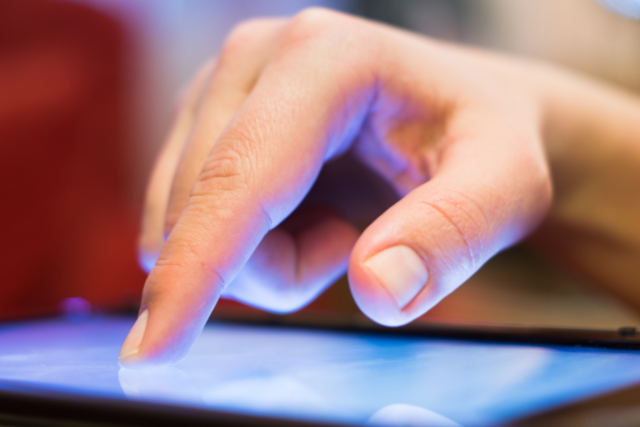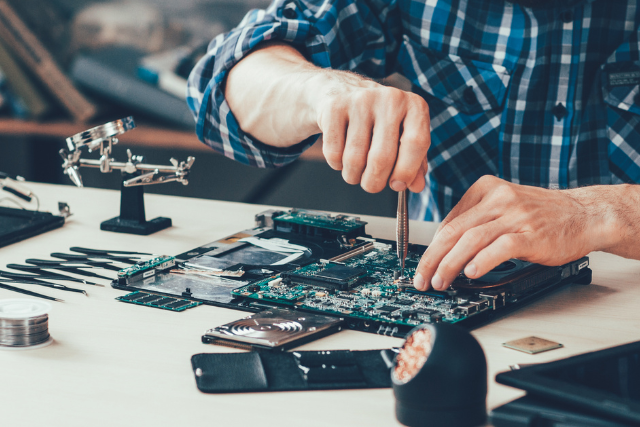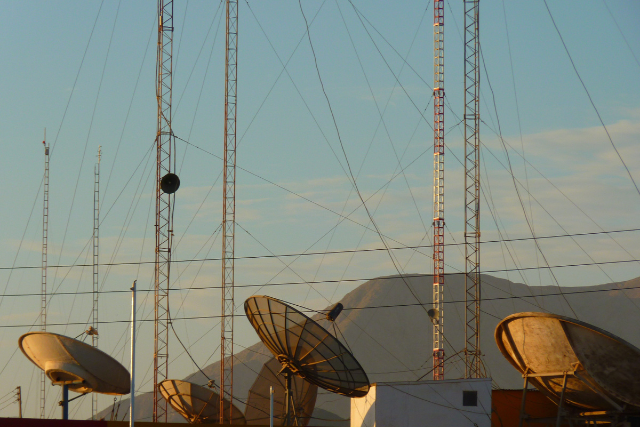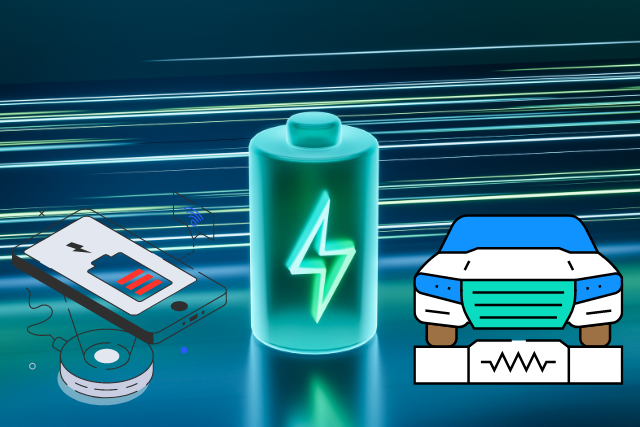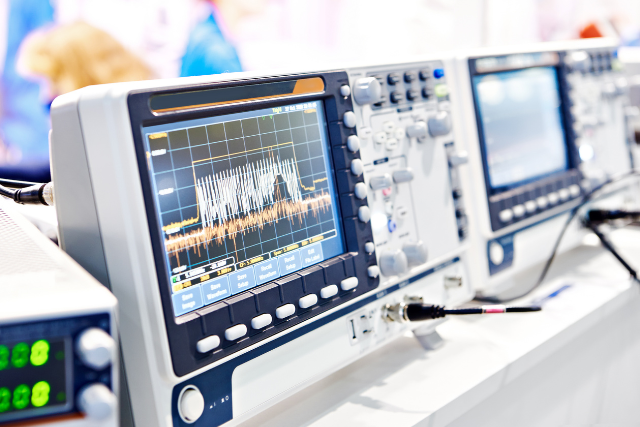Touchscreens have come a long way, starting from basic punchcards to now having advanced flexible displays. This journey shows how people and computers have learned to work together better.
From old touchscreens that needed pressure to new ones that respond to our fingers with ease, each step has led to more innovation. Now, with flexible displays becoming more common, we wonder what exciting tech is next for us to explore.
Key Takeaways
- Touchscreen technology evolved from simple punchcards to advanced capacitive and resistive screens.
- Multi-touch and OLED innovations enhanced user experience and device efficiency.
- Flexible displays, utilizing OLED technology, are revolutionizing device design and usability.
- Future trends aim for more intuitive interactions, including mind-control and tactile feedback technology.
The Dawn of Touch Interaction
The story of touch interaction started back in the 1970s when capacitive touch technology was first developed. This was a big moment in how people and computers interacted. It changed the way we use digital screens and made it easier for everyone to use computers.
Capacitive touch technology works by sensing the touch of a person’s body, making it very accurate and quick. This laid the foundation for many more improvements to come.
From basic touchscreens to the advanced multi-touch screens we have now, there has been a constant effort to make technology more user-friendly and accessible.
Even though early touchscreens had some limitations, they broke down the barriers between people and machines, showing us a future where technology is seamless with our lives.
As touch technology improved, with features like recognizing gestures and giving feedback through touch, screens became more than just tools for input—they turned into platforms for creativity, learning, and staying connected.
This journey of touch technology is all about giving people more freedom to interact with the digital world in their way. With each new development, another restriction is lifted, letting users engage with technology in once-impossible ways.
Punchcards: The Original Input Method
In the past, before touchscreens, people used punchcards to tell computers what to do. It was a big deal in how we interact with machines.
Punchcards weren’t just for typing stuff in; they were like the first steps in humans and computers working together better, trying to be faster and do more without manual work.
Punchcards brought some cool ideas that still affect our technology now:
- Automation and Efficiency: Punchcards helped do math stuff automatically, so people didn’t have to spend all day crunching numbers. They could focus on more fun and important things.
- Data Storage and Retrieval: They were an early way to save and find information quickly and reliably.
- User Interaction Paradigm: Punchcards started how we talk to computers, from physical cards to the digital screens we use today.
These simple cards pushed us from old-fashioned to digital computing, getting us ready for touchscreens and other new tech. Punchcards show how we always want to make technology better, finding easier ways to work with our machines.
The Rise of Resistive Touchscreens
After punchcards, resistive touchscreens became a big deal in how we use technology. They made it easier for us to interact with devices by simply pressing on the screen.
These touchscreens have two flexible layers with a conductive coating that touches when you press on them. This creates a connection that shows where you touched.
Here’s a simple breakdown of resistive touchscreens:
- Input Method: You use your finger or a stylus to press on the screen.
- Sensitivity: You need to press a bit harder compared to other touchscreens.
- Durability: They are tough and can be used in rough environments.
- Cost: They are usually cheaper than other types of touchscreens.
- Multi-touch: They may not support multiple touches at once.
- Visibility: Sometimes the screen may not be as clear due to the layers.
Resistive touchscreens made it possible for more people to use touch technology, like in stores or factories. Even though they are not as sensitive as other types, their toughness and affordability made them very popular, kickstarting the touchscreen revolution.
Capacitive Touchscreens Take Over
Touchscreens have changed a lot over time. Capacitive touchscreens are a big deal in this change. They work smartly and are better than resistive touchscreens. Capacitive screens can sense touch better and allow for multiple touches at once.
They are making devices easier to use and more fun. The future looks bright for capacitive screens, as they are making digital stuff feel more natural and easy for us.
How Capacitive Technology Works
Capacitive technology changed how touchscreens work using the electricity in our bodies. It relies on our body’s natural conductivity to make an electric field on the screen. When we touch the screen, this field changes, showing exactly where we touched it.
Here’s how it works:
- Layers: A capacitive screen has layers of materials like glass and a see-through conductor.
- Electric Field: These layers make an electric field all over the screen.
- Touch Detection: When we touch the screen, our finger disrupts the field. This disruption tells the screen where we touched.
This technology makes touchscreens quick and easy to use, getting rid of the need for physical buttons.
Advantages Over Resistive Systems
Capacitive touchscreens are much better than resistive screens. Unlike resistive screens that need pressure to work, capacitive screens can detect electricity from a human finger.
This makes them able to do multiple touches at once, like pinching and swiping. These features have made using devices much easier and more fun.
Capacitive screens are also clearer and stronger because they don’t need an extra layer that can wear out. They respond quickly to even the lightest touch, making them more user-friendly. Overall, capacitive technology is the top choice for touchscreens today.
Future of Capacitive Interfaces
As we look into the future of touchscreens, capacitive technology stands out for its exciting possibilities. It’s all about making screens more sensitive and accurate for better touch interactions. Imagine screens that can bend, fold, or curve to fit different shapes!
These screens will also do more than just respond to touch; they’ll incorporate features like vibrations and fingerprint sensors for a more customized experience.
This means saying goodbye to old, rigid screens and hello to a whole new level of fun and creativity in how we interact with our devices.
Multi-Touch Technology Revolution
When multi-touch technology was introduced, it changed how we interacted with touchscreens. It allowed us to do more than just tap on the screen – we could now use multiple fingers to pinch, zoom, and swipe. This made using devices more fun and engaging.
- Empowerment: Users felt more in control as they could navigate easily with simple gestures.
- Creativity: Artists and designers could now use screens like canvases, boosting their creativity.
- Connection: Social and collaborative apps became more user-friendly, making interactions smoother.
- Efficiency: Professionals found their work easier with streamlined workflows, improving productivity.
- Wonder: Technology felt magical as every touch became a new discovery.
Multi-touch technology made using devices more interactive and exciting. It brought us closer to our digital world, turning passive actions into active experiences. This advancement not only improved our tools but also opened up new possibilities for future innovations in how we interact with technology.
The Age of OLED and Beyond
In today’s high-tech world, OLED screens are the new cool thing. They make touchscreens super fancy and fun to use.
OLED stands for Organic Light Emitting Diodes, which is a big upgrade from older screens. It’s like a magic wand that gives you better pictures and lets you do more cool stuff on your devices.
Here’s why OLED screens are awesome:
- Bright and Clear: OLED screens make colours pop and look super real. Each pixel can shine on its own, making everything on the screen look more alive and exciting.
- Save Energy, Last Longer: These screens don’t eat up a lot of power, especially when showing dark colours. This means your device’s battery lasts longer. Plus, OLED screens are tough cookies and can live a long, happy life.
- Bend it like Beckham: OLED screens are so flexible that they can bend and fold. Imagine having a phone that can change its shape to fit your needs. It’s like having a gadget from the future!
With OLED screens and their cool features, using your devices will be more fun, efficient, and adaptable. Welcome to the age of OLED technology!
Introducing Flexible Displays
Flexible displays are a new kind of screen that can bend and fold, making them very different from regular screens. They use something called OLED technology which allows them to be flexible. This means they can be curved or even rolled up, changing how we use our devices.
These displays are made with special materials that are super thin and strong so they can bend without breaking. They also have touch sensors built into them, so they respond well to touch even when they are bent or folded.
Flexible displays not only make devices look cool and feel comfortable to use, but they also open up new ways to use them. For example, they can be used in wearable gadgets that fit perfectly on our bodies or in phones that can fold out into bigger screens.
This technology is changing the way we think about screens, giving us more freedom to use them in different ways.
Future Prospects: Beyond Touch
Looking ahead at cool tech stuff, touchscreens are getting ready to go beyond regular touching by using new ways to connect with us and our senses. The future of how we interact with devices will be more than just touching; it will bring in our senses in smart and easy ways.
This upgrade is not just about making things cooler for us but also about making it easier to use without needing to touch things physically, opening up new ways to do things quicker and better.
Here are three big things that show where we’re heading:
- Talking and Moving Recognition: Fancy tech and smart sensors are getting better at understanding and following our natural voices and movements, so we don’t have to touch things as much and can interact more smoothly.
- Touch Feeling Tech: This cool tech lets devices create sensations like touch through vibrations or movements, letting us ‘feel’ things on screens and making our experience more fun with touchy-feely stuff.
- Mind-to-Tech Connections: One of the coolest things coming up is the idea that we can control devices just by thinking, making tech easier for everyone, no matter their physical abilities.
These changes show a move towards more natural and easy ways to work with computers, creating a future where tech feels like it’s part of our senses, freeing us from the limits of today’s devices.
Conclusion
Touchscreen technology has come a long way from punchcards to flexible displays, showing great progress. This advancement has made user interaction easier and opened doors for new applications in many fields.
As technology keeps growing with flexible displays, there’s a lot of room for creative design in how we interact with devices. The future of touchscreens looks bright, offering more natural, adaptable, and engaging experiences for users, marking a new era of how we use computers.

